After all the supernova glamour and abundance of the flower garden in April, the May gap still takes me by surprise. It’s like eating the most extraordinarily delicious starter at a top restaurant and then – just as you’re marvelling at the glory of it all – discovering you’ll have to wait a couple of hours for the main course.
On the other hand, if you plan (and plant) with that May gap specifically in mind, then the quieter, more delicate beauty of this month is a sort of horticultural palate cleanser with a special charm all its own, including many flowers that look right at home growing by a woodland edge or in a stylised meadow.
Do they have the in-your-face wow factor of a bed filled with clouds of tulips or drifts of narcissus? Probably not. Instead, savour them as the loveliest of intermezzos before the extravagant beauty of June. Here See are my top-10 plants for May:
1: Lilac
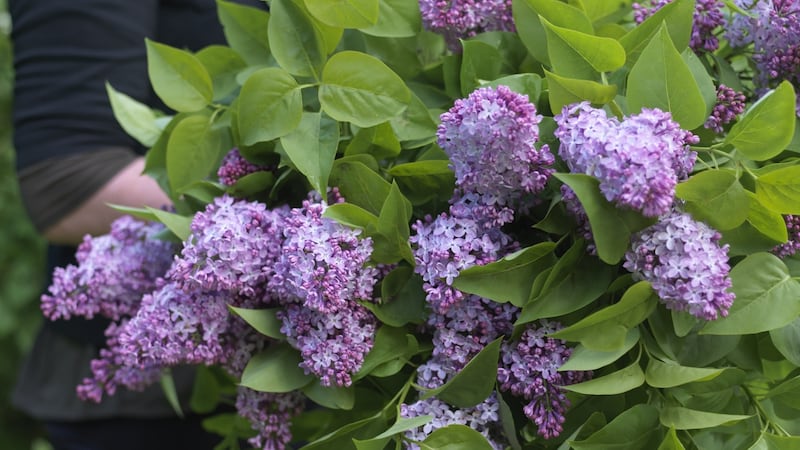
Few plants evoke the oh-so-fleeting newly born beauty of late spring as lilac does. Exceptionally long-lived, ultra-hardy, pollution-tolerant, deer-resistant, pollinator-friendly, and easy-to-grow, these deciduous shrubs or small trees can easily live for more than 100 years while the haunting scent of its fleeting flowers can fill a garden. Known as French lilacs, many of the larger, older kinds including the white-flowering Syringa Madame Lemoine are varieties of the common lilac (Syringa vulgaris) bred by the Lemoine family, famous French lilac breeders. Other classics were created by American and Russian breeders including the lavender flowered Katherine Hevemeyer and the pale pink-white Syringa Krasavitsa Moskvy. All make large, spreading plants. For smaller gardens, seek out the slower-growing, more compact new generation of lilacs, examples of which include the rose-coloured Korean lilac known as Syringa meyeri Palibin and the recently introduced, ultra-compact Boomerang and Flowerfesta series which will continue to flower intermittently throughout the summer and early autumn months.
RM Block
2: Geums
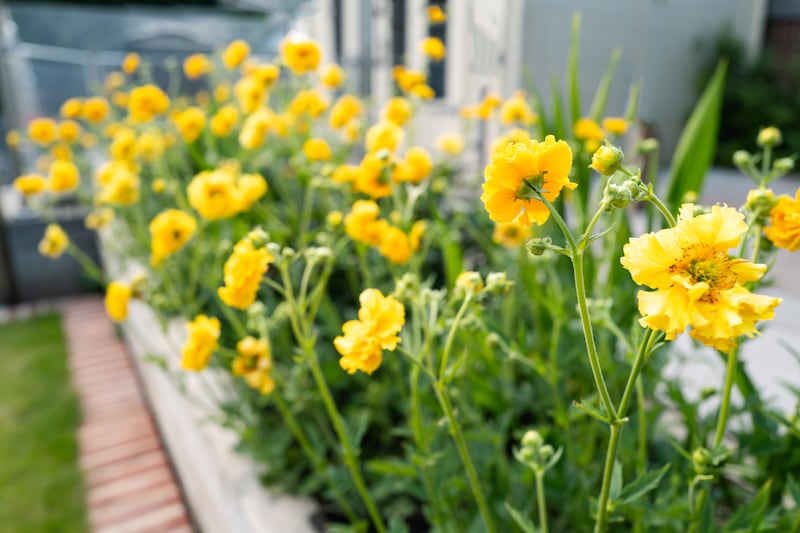
Ultra-hardy, long-lived, floriferous, pollinator-friendly and slug-resistant, this herbaceous perennial has won itself a host of new admirers in recent years as a horde of new, exceptionally long-flowering varieties in fruity shades of peach, pink, orange and scarlet have been introduced into cultivation. In particular, look out for the Tempest series which includes Geum Scarlet Tempest and Geum Coral Tempest; the Cocktails series which includes the apricot Geum Mai Tai and Geum Cosmopolitan; and the dainty Geum Pretticoats Peach. Commonly known as avens, these mid-height perennials like cool, rich, moisture-retentive but free-draining soil in full sun/light shade.
3: Viburnum plicatum f. tomentosum Mariesii. Japanese Snowball tree
A cottage garden favourite, this hardy deciduous shrub’s white lace-cap flowers appear in May on the plant’s tiers of almost horizontal branches. Easy to grow, it likes a fertile, moist but well-drained soil in full sun or light shade and will gradually reach a height and spread of 4m x 3m.
4: Primula japonica, Miller’s Crimson
Known as a candelabra primula on account of its elegantly arranged whorls of flowers, which appear on slender stems, this graceful woodlander is a great choice for a cool, damp garden where it can be given dappled shade and a humus-rich acid to neutral soil. P. Miller’s Crimson is an outstanding variety with dark-eyed, rich-red flowers but the species also produces white and pink-flowering forms. A hardy herbaceous perennial, this member of the primrose family will often naturalise to form gently spreading drifts. Height and spread of 45cm.
5: Aquilegia
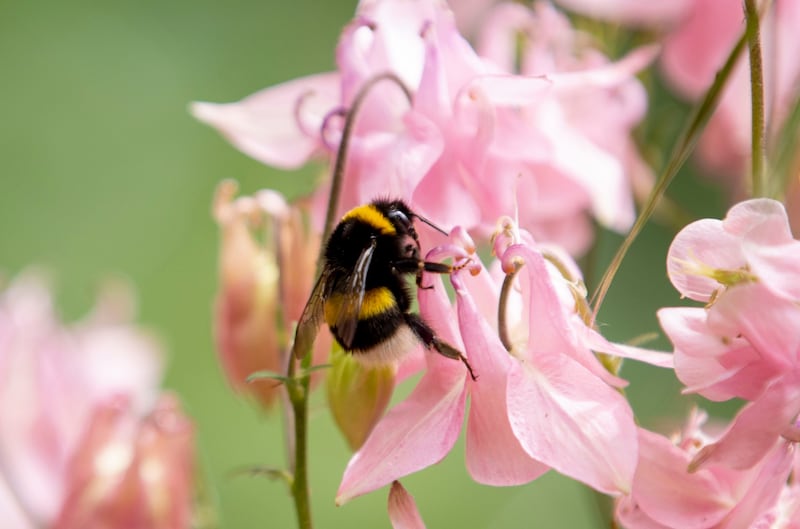
Commonly known as columbine or granny’s bonnet, this hardy, cottage garden perennial is one of the most elegant of late-spring flowering perennials with distinctively spurred, pollinator-friendly flowers in shades of blue, purple, pink, white and yellow that appear on tall, slender stems. A hardy, long-lived woodlander that promiscuously self-seeds given the right conditions, it likes a cool, moist but sharply drained soil in dappled shade or full sun. Many different species and varieties are available, with a huge choice of garden-worthy varieties of Aquilegia vulgaris in particular including the lavender-blue Aquilegia Hensol Harebell, the maroon-and-white flowered Aquilegia, William Guinness, and the lime-green Aquilegia, Lime Sorbet. For something different, seek out Aquilegia chrysantha, Yellow Queen, which has extravagantly long-spurred flowers in the palest shade of lemon.
6: Lamprocampnos spectabilis
Formerly known as Dicentra spectabils, bleeding heart’s new Latin name sounds like some sort of unpleasant ailment but don’t let that put you off. An exceptionally pretty herbaceous perennial, it’s known for its abundance of small, heart-shaped pink flowers that dangle from slender arching stems. Lovelier again is the white flowering form, Dicentra spectabilis, Alba. Another woodlander, this mid-height perennial needs a cool, humus-rich, moist but free-draining soil and associates especially well with ferns
7: Polygonatum x hybridum, Solomon’s Seal
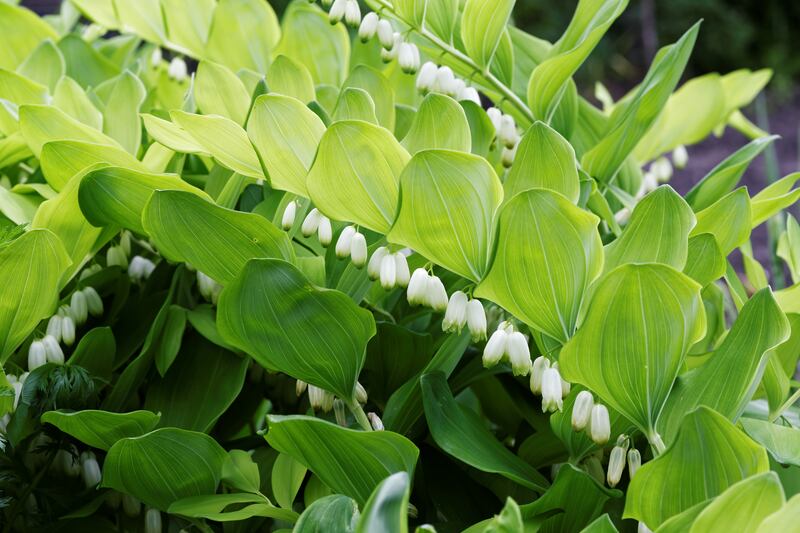
Solomon’s Seal is one of those plants that people fall instantly in love with when seen in full graceful bloom when its tiny green-tipped, bell-shaped white flowers dangle delicately along the length of each tall, arching stem. Yet another woodlander that needs a cool, humus-rich, moist but free-draining soil (the May garden is rich in these kinds of flowers, which naturally thrive along the edges of deciduous woodland), it also makes a very fine-cut flower. For something a little different, seek out its equally distinguished cousin, Polystichum verticillatum (whorled Solomon’s Seal) with smaller, lime-green flowers and more slender foliage. Both reach an average height and spread of 1.2-1.5m.
8: Bearded irises (Iris germanica)
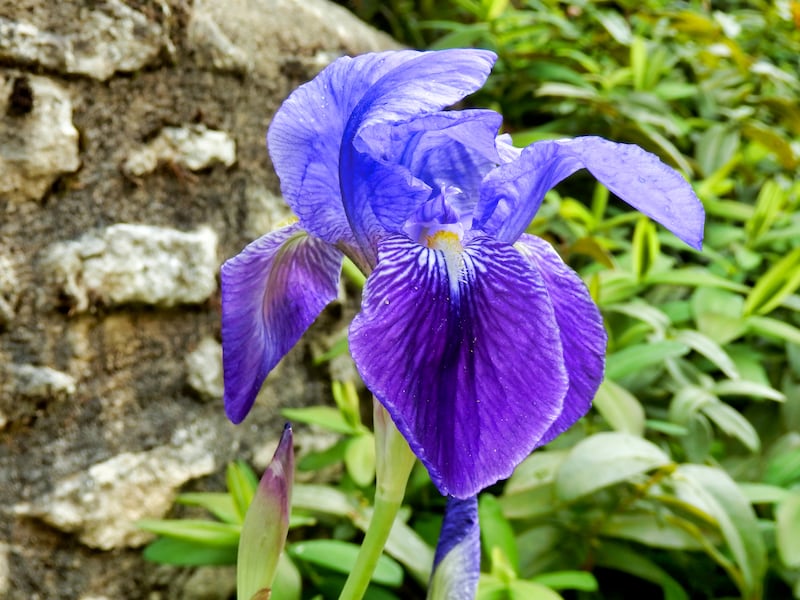
One of the few May-blooming perennials on this list that’s not a woodlander, bearded irises (Iris germanica) need a very free-draining soil and a position in full sun where the plant’s fleshy rhizomes can be allowed to gently bake on warm summer days. Get that right, and you’ll be rewarded with some of the most exquisite flowers you’ll ever see, one of the reasons why the famous iris breeder and artist Cedric Morris was so captivated by these plants that he spent much of his lifetime breeding and painting what would become known as the Benton irises. Those famously beautiful but hard-to-get varieties aside (Brexit has made them difficult to source), other classics include the rust-and-gold coloured Iris, Kent Pride; the lavender-blue Iris, Jane Phillips and the pink-orange-gold Iris, Hever Castle.
9: Clematis cartmanii Avalanche
I planted this gorgeous evergreen clematis against a sunny, sheltered wall in my garden last year, where it made it safely through last winter’s bitter cold with flying colours despite its reputation for not being reliably hardy. Now, festooned with a mass of large, white, pretty flowers, it puts on a long-lasting display at a time when most other climbers are only beginning to get into their stride. Reaching an average height of 2-3m, its relatively compact size also makes it a great choice for smaller gardens.
10: Hardy geraniums
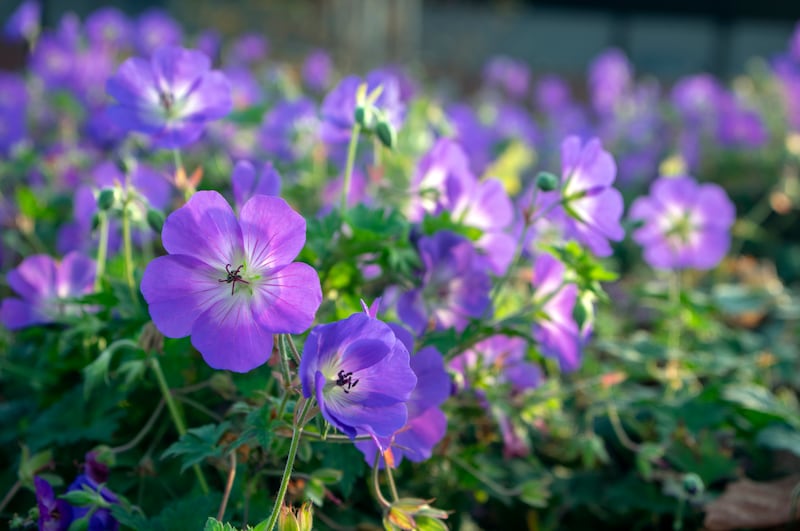
Most Irish gardens are home to at least one if not several kinds of these perennial geraniums or cranesbills as they’re commonly known, a vast and supremely useful genus of plants. It includes Geranium Rozanne, which starts producing its violet-blue flowers in May and keeps pumping them out all summer long, the dainty but impressively resilient, purple-flowered mountain cranesbill called Geranium pyrenaicum, Bill Wallis, which is known for its drought-worthiness and slug-resistance as well as its inclination to prettily self-seed; and the compact, early-flowering Geranium cinereum, Ballerina (pink flowers with dark centres). All three like a sunny spot and fertile, moist but free-draining soil
This week in the garden
Early May can be a very variable time of the year weather-wise, where there’s still a distinct possibility of damaging late frosts but temperatures can quickly soar during the day, especially in glasshouses and polytunnels. This makes for a delicate but all-important juggling act in the garden over the coming weeks where young seedlings and plants must be protected from cold and icy winds but also kept watered and well-ventilated.
As the spring sowing season draws to a close, take the opportunity to sow seed of many different kinds of hardy and half-hardy varieties of flowering annuals and vegetables, bearing in mind that half-hardy kinds need protection from cold temperatures so should be sown under cover for transplanting outdoors at the end of the month. This is also the best way of raising plants in gardens or allotments where slugs are a persistent challenge.
Dates for your diary
Tomorrow, Sunday May 7th (10am-4pm), Russborough House & Gardens, Blessington, Co Wicklow, RHSI Russborough Garden Show 2023 with guest speakers including the garden designer and broadcaster Diarmuid Gavin, gardener and YouTuber Niall McCauley, the photographer Tina Claffey, Paul Smyth of Belfield Gardens RHSI and Dr Jill Carey, chief executive of Festina Lente, plus nursery plant sales and tours of Russborough’s RHSI-managed walled garden, see rhsi.ie and russborough.ie
Sunday, May 14th, Borris House, Borris, Co Carlow (please note the change of venue, as this event was originally scheduled to take part in Huntington Castle, Clonegal, Co Carlow), Ireland’s annual Rare & Special Plant Fair will take place with up to 40 stalls of rare and unusual plants by many of the country’s top specialist nurseries, see rareandspecialplantfair.ie



















